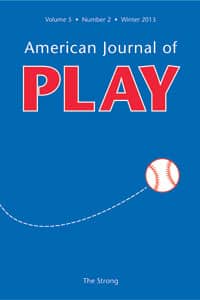The Why, How, and What of a Museum of Play: An Interview with George Rollie Adams
George Rollie Adams is a historian and former teacher who has worked in the museum field for forty years, twenty-five of them as president and CEO of The Strong, where he has led the development of the National Museum of Play, International Center for the History of Electronic Games, National Toy Hall of Fame, Brian Sutton-Smith Library and Archives of Play, and American Journal of Play. Prior to coming to The Strong, Adams served consecutively as Director of the National Historic Landmarks Project and Director of Education for the American Association for State and Local History, Executive Director of the Buffalo and Erie County Historical Society, and Assistant Commissioner of Culture, Recreation, and Tourism for the State of Louisiana with responsibility for the state museum system. He holds degrees in English, social science education, and history, and his publications include The American Indian: Past and Present (coeditor, first edition); Ordinary People and Everyday Life: Perspectives on the New Social History (coeditor); Nashville: A Pictorial History (coauthor); and General William S. Harney: Prince of Dragoons (author). In this interview, he talks about why and how The Strong evolved into the first collections-based museum anywhere devoted solely to the role of play in learning and human development and the ways in which play illuminates cultural history, and he describes the ways in which the institution carries out its educational mission.




